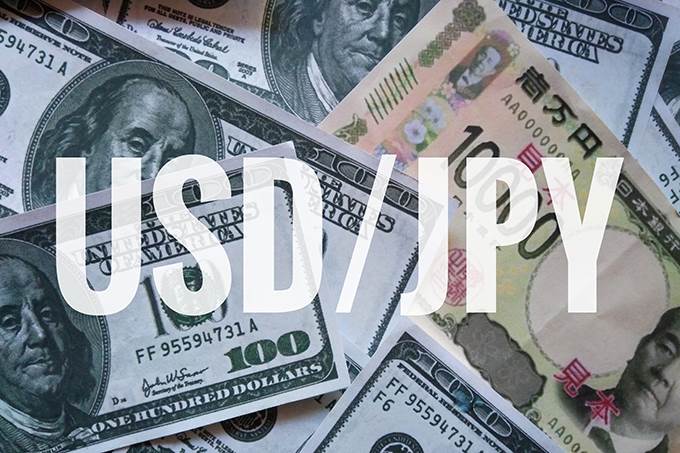 The U.S. dollar eased against the Japanese yen and its other major currency partners on Tuesday afternoon in Asia after Japanese Prime Minister Shinzo Abe announced a near $1 trillion dollar stimulus. Gains were capped, however, by the declaration of a state of emergency in several of the country’s biggest cities. Tokyo, Kanagawa, Saitama, Chiba, Osaka, Hyogo and Fukuoka, the seven affected prefectures, were listed by Abe as critical areas where the state of emergency would take effect, with public transportation and supermarkets remaining open, but residents urged not to leave the house unless it’s essential. The greenback was down 0.394 percent against the yen to 108.77 as of 1:40 p.m. HK/SIN. Abe has been criticized in recent days for not enacting emergency measures quickly enough. Japan has over 4,600 confirmed cases of the novel coronavirus and 91 deaths, though analysts estimate that the numbers may be higher due to limited testing capabilities in Japan.
The U.S. dollar eased against the Japanese yen and its other major currency partners on Tuesday afternoon in Asia after Japanese Prime Minister Shinzo Abe announced a near $1 trillion dollar stimulus. Gains were capped, however, by the declaration of a state of emergency in several of the country’s biggest cities. Tokyo, Kanagawa, Saitama, Chiba, Osaka, Hyogo and Fukuoka, the seven affected prefectures, were listed by Abe as critical areas where the state of emergency would take effect, with public transportation and supermarkets remaining open, but residents urged not to leave the house unless it’s essential. The greenback was down 0.394 percent against the yen to 108.77 as of 1:40 p.m. HK/SIN. Abe has been criticized in recent days for not enacting emergency measures quickly enough. Japan has over 4,600 confirmed cases of the novel coronavirus and 91 deaths, though analysts estimate that the numbers may be higher due to limited testing capabilities in Japan.
The dollar also eased against the British pound, even as the sterling struggled in the face of UK Prime Minister Boris Johnson’s hospitalization for coronavirus. The pound gained 0.38 percent against the dollar to trade at $1.228. Britain has no succession plan if its prime minister cannot fulfill his (or her duties), but Johnson asked Foreign Secretary Dominic Raab to act on his behalf during his hospitalization. The euro was also higher, up 0.33 percent to $1.083.
Stock Market Volatility Continues
Wall Street’s major benchmarks all closed more than 7 percent higher on Monday on hopes that the virus is slowing in the U.S. and Europe. Asian benchmarks piggybacked on the uptrend, with China’s benchmarks both up around 2 percent on news that there were no COVID-19 deaths in China for the first time on Monday since the virus was discovered. European markets are also expected to open higher as reports from Italy, Spain, and the Czech Republic indicate that the virus may have reached its peak. Still, U.S. futures point to a lower open on Tuesday. Despite Monday’s gains, the S&P 500 is still over 20 percent below its recent record high, and remains firmly in bear territory, prompting many analysts to think that the bottom hasn’t yet been hit.
